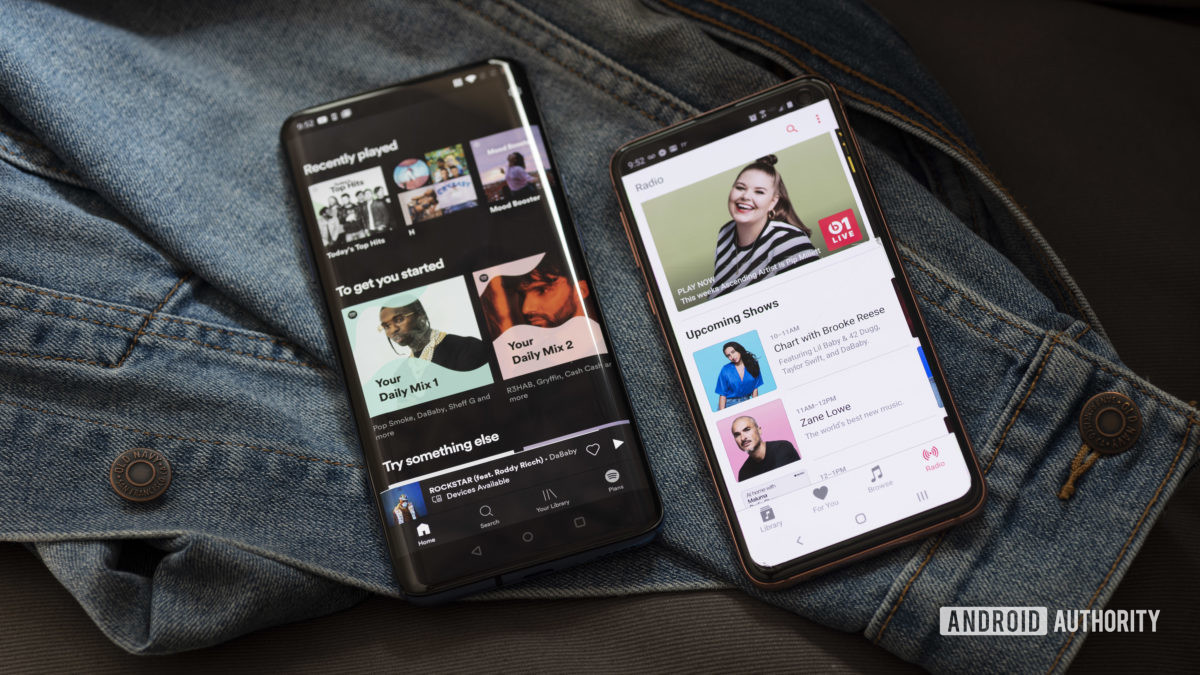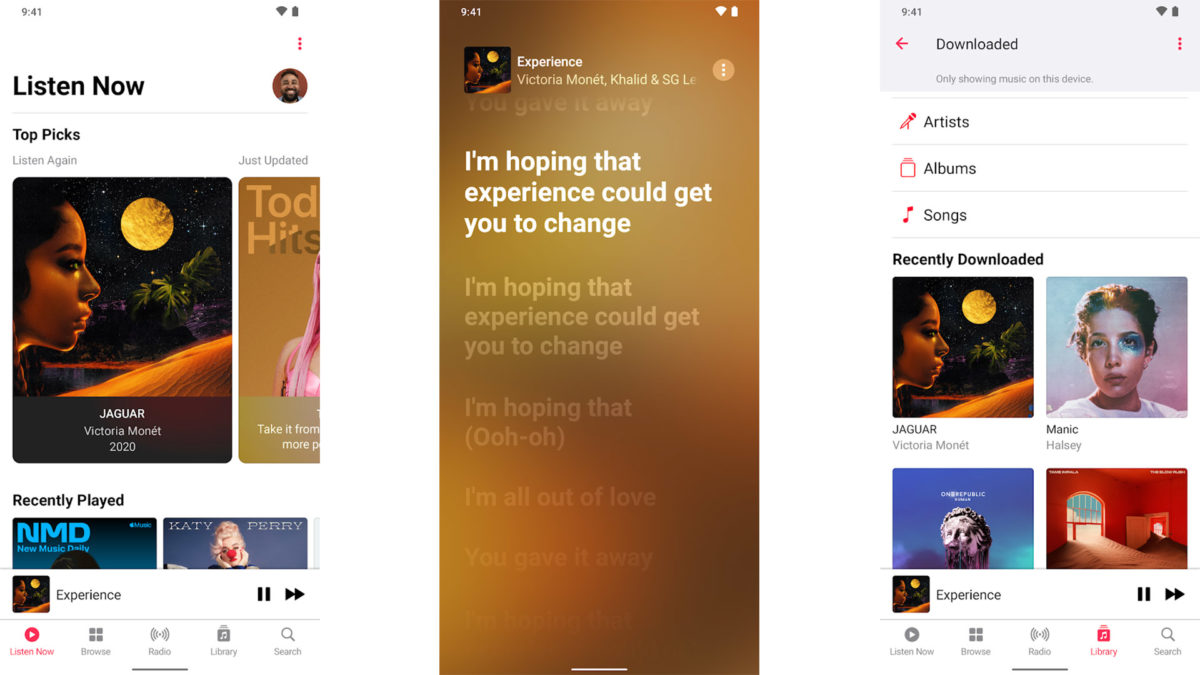
While on-demand music streaming got off to a slow start — Spotify was founded in 2006 — it is now the default music option for many people. Monthly subscriptions are cheaper than buying dozens of albums, and even people who use… unconventional methods to get their music have to admit that an on-demand library is more convenient.
Permanent downloads from services like Bandcamp remain popular for a few reasons, but the main one is simple: missing content. Sometimes this is due to exclusivity deals or contract fights, but a lot of artists and indie labels just don’t consider streaming worth their time. Giants like Spotify and Apple Music will need to attract these holdouts to become one-stop shops. While there are a few tactics these companies could try, they’ll probably continue to refuse the most effective one.
The first and easiest fix involves UI. The home screen of Spotify and Apple Music alike currently focus on major artists and a person’s existing listening habits. This translates into a sea of related playlists and previously played items — the result being that listeners can get stuck on a narrow road, especially if their tastes already veer towards the mainstream or just one or two genres. A person who starts off listening to Jay-Z and Kendrick Lamar, for instance, might not get to hear much indie rap.
It’s even less likely they’ll be exposed to genres outside of their comfort zone, such as ambient or industrial, which might have limited appeal anyway but need all the exposure they can get if their artists are going to have a chance. An industrial label won’t sign up for streaming if it can reach more people via Bandcamp, where it gets to keep more of the money. More on that later.
See also: YouTube Music vs Spotify — Can Google even compete?
Streaming services are trying to encourage discovery, it’s just to a limited extent. Spotify has an auto-updated Discover Weekly playlist for example, and a service called Qobuz relies on manually-crafted staff recommendations. What’s needed perhaps is the creation, promotion, and standardization of a wider range of auto-generated discovery playlists. Listeners should be able to hear new genres daily, and be just a few taps away from what’s popular locally or with friends. Spotify and Apple Music have social features, but could do better at exploiting them.
Streaming music needs both tech and business upgrades

The next step is better marketing. Apple and Spotify throw some of their weight behind indies, but seem scared to take risks. Perhaps the most obvious example is Apple Music’s “Up Next” artist promotion, which — in the US at least — is dominated by pop, rap, and hip-hop artists. Acts in those genres may deserve exposure, but they already slot neatly into the mainstream and major labels. Even country and EDM artists rarely get attention.
There’s a balancing act going on, of course. From a business perspective, it doesn’t make sense to throw millions of dollars behind artists who appeal to a few thousand people. Yet without marketing, even the most talented and least controversial musician is going to play to an audience of zero, and genres that could take off never will. The balance needs to be adjusted — perhaps by giving small labels a spotlight day on the home screen instead of mixing them up in generic indie-themed playlists. A similar approach could be taken with genres. This would enhance exposure, without hinging everything on individual bands people don’t recognize.
The biggest obstacle to getting more indies on board, though, is revenue sharing. It’s no secret that most musicians can’t live off of streaming revenue — the New York Times reports that in 2020, only about 13,000 Spotify artists earned $50,000 or more in payments. Even with services like Apple Music, YouTube, and Pandora factored in, that leaves a lot of artists dependent on touring and merch.
Many aren’t in a position right now to tour much, or at all. As a result, their labels may decide it’s better to make albums available only as downloads or physical copies. A $10 download or $30 vinyl might not reach as many people, but the math can work out better than fractions of a cent per stream.
The biggest obstacle to getting more indies onboard … is revenue sharing.
Increasing pay to rights holders would make streaming more sustainable, but platforms have resisted this due to their own unfortunate economics. Spotify is already paying out as much as 70% of what it earns in royalties, according to the Los Angeles Times. While companies like Apple or Google might be able to take a loss on fairer revenue splits, Spotify is entirely dependent on music and podcast income, and only recently began turning a quarterly profit. No one wants the industry controlled exclusively by businesses for whom music is second fiddle.
It could be that there will never be a way of getting every indie onboard. The economics and marketing will probably never work out perfectly, and some labels are no doubt ideologically opposed to streaming — anarchist punk bands aren’t likely to warm up to companies with trillion-dollar market caps and supply chain abuses. Yet there are things platforms like Spotify and Apple Music can do and should do to become more indie-friendly, and, by extension, friendlier to a wider variety of tastes.
Read next: 15 Spotify tips to get more out of your Spotify Premium or free account